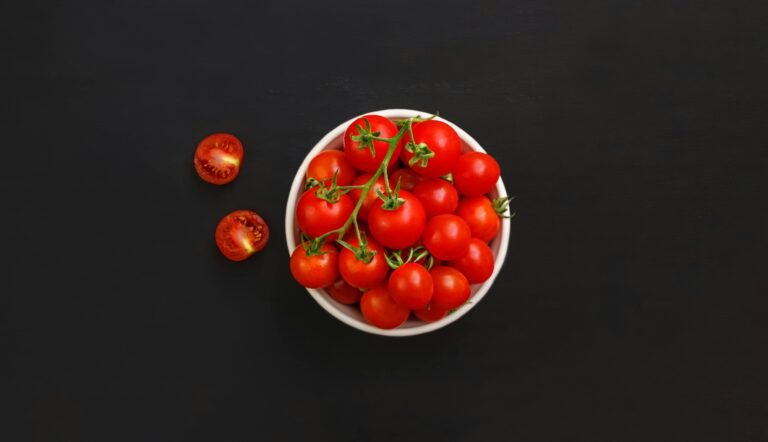White rice or brown rice, which one to choose?
 Everything has been said about white rice. Often with good reason, “polished” white rice is demonized: like all products subject to refining, the greater nutritional and fiber poverty that leads to a high glycemic index (only starch remains). In short, white rice would make you fat and harm your health: between white rice and pasta, white rice for the same portion and type of cooking would make you fat more. This, however, according to the theory of the glycemic index alone, without considering the glycemic load of the rice-based meal. If I eat 50 grams of rice with vegetables and simple seasoning, accompanied by an omelette or fish, my glycemic load will undoubtedly be contained. This is why looking at rice according to the simplification of “sugar that hurts” risks confusing us. Depending on how we combine the meal, we can safely eat white starches.
Everything has been said about white rice. Often with good reason, “polished” white rice is demonized: like all products subject to refining, the greater nutritional and fiber poverty that leads to a high glycemic index (only starch remains). In short, white rice would make you fat and harm your health: between white rice and pasta, white rice for the same portion and type of cooking would make you fat more. This, however, according to the theory of the glycemic index alone, without considering the glycemic load of the rice-based meal. If I eat 50 grams of rice with vegetables and simple seasoning, accompanied by an omelette or fish, my glycemic load will undoubtedly be contained. This is why looking at rice according to the simplification of “sugar that hurts” risks confusing us. Depending on how we combine the meal, we can safely eat white starches.
Obviously, taking into account that we will not get fiber or vitamins from rice, but from other foods throughout the day.
You will all remember the story of the study on the increase of Beriberi in a population of inmates in the Bang Kwang prison , conducted in the late 1800s by the German scientist Adolphe Vorderman , which established that prisoners who ate white rice had a Beriberi incidence of one. case every 39, against one case every ten thousand of the prisoners who ate the local red rice. Obviously, however, they did not have a varied diet.
Furthermore, in Italy the opinion of the oncologist Franco Berrino on the harmfulness of white rice as well as other refined products, milk and sugar, all substances that according to the epidemiologist risk making us ill with cancer, is now known .
In parallel, a study a few years ago found a risk of type 2 diabetes in people who routinely ate white rice.
In the face of all these data, and although I believe that we shouldn’t demonize a food, I simply would not exaggerate with the fashion of industrial rice-based products: rice milk, rice cakes, white rice flour and puffed white rice. often used as an alternative to gluten.
Brown rice, on the other hand, contains amino acids, soluble fiber, magnesium and has a high nutritional power. There are many varieties of brown rice : I am perfectly happy with red or black rice, in particular the first one I digest very well, but normal brown rice is also a recommended option, with a lower glycemic index than white.
Yet there is a but: the external coating of the rice grain is indeed a source of fiber, but also of harmful and aggressive substances that the plant would have to defend itself from external agents , as stated by Dr. Ryan Andrews of Precision Nutrition in this item, not to mention the high content of polyunsaturated fatty acids, as with any whole grain. Therefore, if brown rice is more nutritious, it is also true that, in the face of these harmful substances, it is more advisable not to abuse it and alternate it with other cereals in the diet. For people who have intestinal problems in general, then, I would advise not to fix too much on the glycemic index and prefer white rice and pasta directly.
As you can see, there are pros and cons for both white and brown rice. Trying to be soft and not fixate on a single food, could allow us to vary and enjoy them both.





























+ There are no comments
Add yours